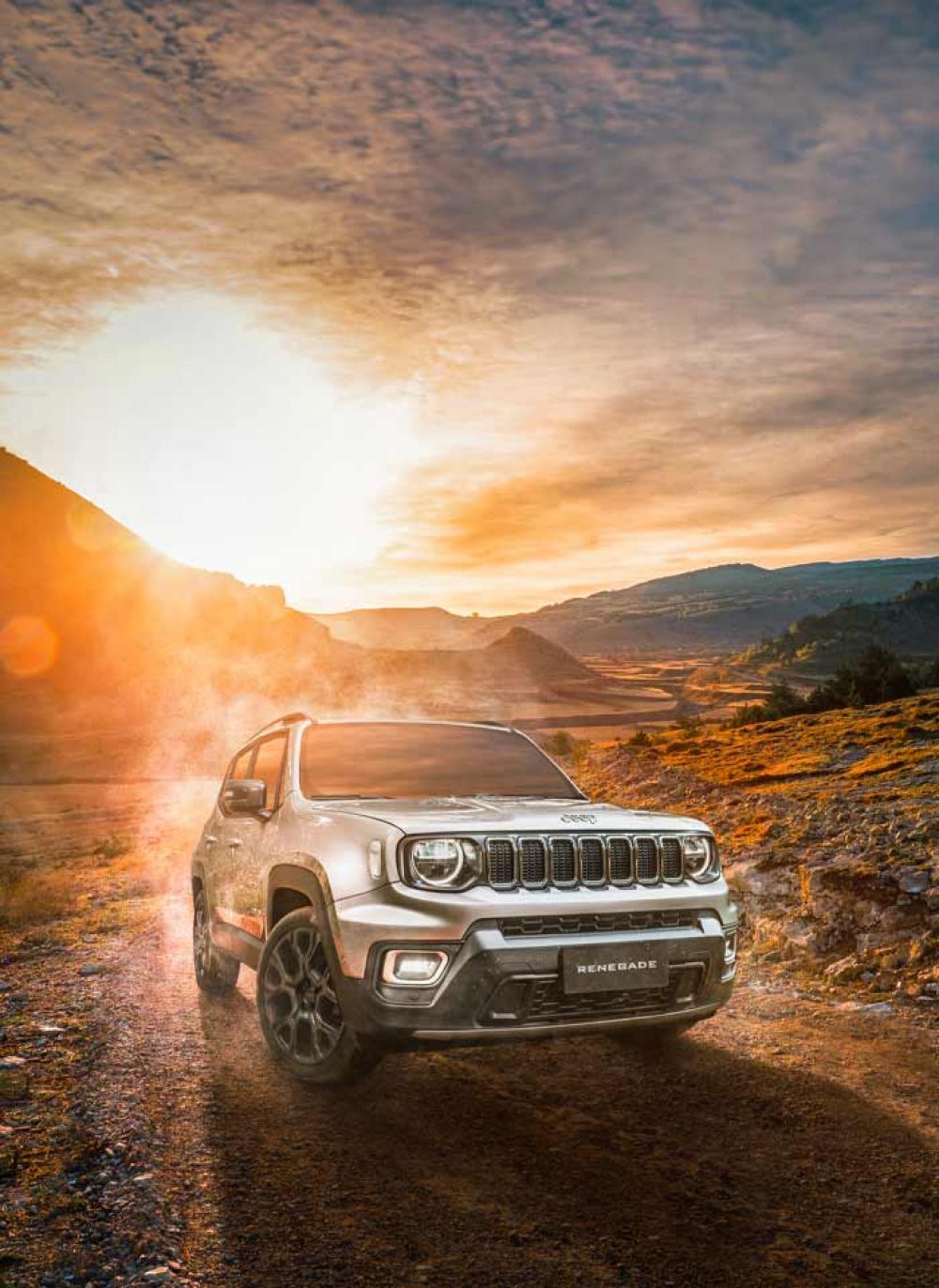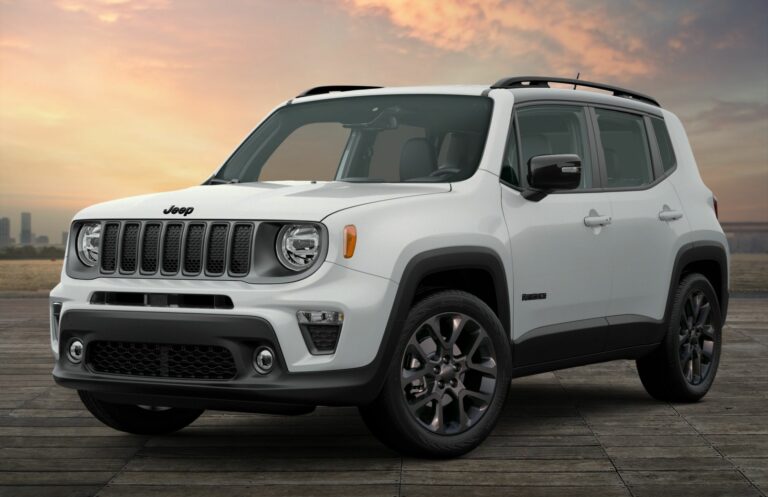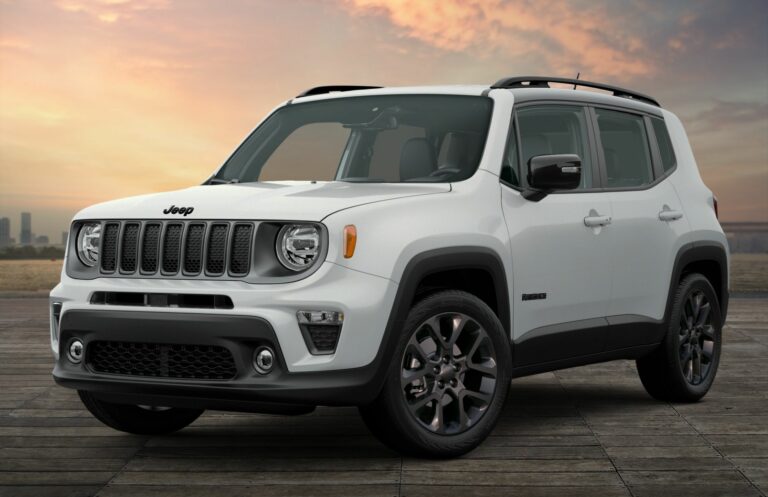Jeep Cherokee 86 To 95 For Sale: A Comprehensive Buyer’s Guide to the Iconic XJ Generation
Jeep Cherokee 86 To 95 For Sale: A Comprehensive Buyer’s Guide to the Iconic XJ Generation jeeps.truckstrend.com
The Jeep Cherokee, specifically the XJ generation produced between 1986 and 1995, stands as a true icon in automotive history. More than just a utility vehicle, the XJ carved out its own niche, redefining the compact SUV segment and leaving an indelible mark on off-road culture. For many, it represents the perfect blend of rugged simplicity, legendary capability, and surprising versatility. If you’re currently in the market for a "Jeep Cherokee 86 To 95 For Sale," you’re not just looking for a car; you’re seeking a piece of American automotive heritage, a capable adventure companion, or a reliable daily driver that refuses to quit.
This comprehensive guide aims to arm prospective buyers with all the knowledge needed to navigate the market for these beloved vehicles. We’ll delve into what makes the 86-95 XJ so special, what to look for when buying, potential challenges, and how to make an informed decision that leads to years of enjoyment.
Jeep Cherokee 86 To 95 For Sale: A Comprehensive Buyer’s Guide to the Iconic XJ Generation
The Enduring Appeal of the XJ Cherokee (1986-1995)
The Jeep Cherokee XJ’s appeal is multifaceted and deeply rooted in its revolutionary design and robust engineering. Launched in 1984, the XJ was groundbreaking, being one of the first SUVs to utilize a unibody construction – a significant departure from the traditional body-on-frame design prevalent in most SUVs and trucks of the era. This innovative approach resulted in a lighter, more rigid, and more car-like handling vehicle, without sacrificing the rugged durability Jeep was known for.
For the 1986-1995 model years, the XJ solidified its reputation. It offered a compact footprint ideal for city driving and tight trails, yet boasted impressive cargo space and passenger comfort. Its simple, boxy aesthetics have aged remarkably well, contributing to its timeless appeal. Enthusiasts are drawn to its straightforward mechanicals, which make it relatively easy to maintain and modify. This era also saw the widespread adoption of the legendary 4.0-liter inline-six engine, a powerplant renowned for its reliability, torque, and longevity, making it a cornerstone of the XJ’s enduring popularity. Whether you’re an off-road purist, a weekend adventurer, or someone simply seeking a dependable and characterful vehicle, the 86-95 Cherokee offers a compelling proposition.
Understanding the Different Models and Trims (1986-1995)
When searching for a "Jeep Cherokee 86 To 95 For Sale," understanding the various configurations is crucial. Small differences can significantly impact performance, features, and overall desirability.
Engines:

- 2.5L AMC/Chrysler Inline-4 (I4): Available throughout the period, this engine offered decent fuel economy but was often criticized for being underpowered, especially in 4WD models. It’s suitable for light-duty use or those prioritizing economy over power.
- 4.0L Renix Inline-6 (I6) (1987-1990): The initial version of the famous 4.0L, known for its robust nature and ample torque. It uses a Renix engine management system, which can be slightly less straightforward to diagnose than later systems.
- 4.0L High Output (HO) Inline-6 (I6) (1991-1995): This is the most sought-after engine. With a revised cylinder head and intake manifold, it produced more horsepower and torque than the Renix, offering superior performance. It’s legendary for its bulletproof reliability and is the preferred choice for most buyers.
![]()
Transmissions:
- Manual:
- AX-4 (4-speed): Paired with the 2.5L I4.
- AX-5 (5-speed): Paired with the 2.5L I4.
- AX-15 (5-speed): Paired with the 4.0L I6. Highly regarded for its durability.

- Automatic:
- TorqueFlite 904/999 (3-speed): Paired with 2.5L I4 and some early 4.0L I6s. Robust but lacks an overdrive gear.
- AW4 (4-speed automatic): Paired with the 4.0L I6 from 1987 onwards. This Aisin-Warner transmission is widely considered one of the most reliable automatic transmissions ever put into an SUV, renowned for its smooth shifts and longevity.
Transfer Cases:
- NP207 (Command-Trac): Early model part-time 4WD.
- NP231 (Command-Trac): The most common and popular part-time 4WD transfer case. It offers 2WD High, 4WD High (part-time), Neutral, and 4WD Low. It’s incredibly robust and ideal for off-roading.
- NP242 (Selec-Trac): Offered on higher trims, this transfer case provides 2WD High, 4WD Part-Time High, 4WD Full-Time High, Neutral, and 4WD Low. The "Full-Time" option allows for 4WD use on paved surfaces, making it more versatile for varying weather conditions.
Axles:
- Front: Almost universally a Dana 30.
- Rear: Can vary:
- Dana 35: Most common, but generally considered the weakest.
- Chrysler 8.25: A stronger alternative to the Dana 35, especially the 29-spline version found in later models (1991.5+).
- Dana 44: Rare, typically found in models with the Tow Package. The strongest stock option.
Trims:
Numerous trim levels were offered, often varying year to year. Common ones include Pioneer, Laredo, Limited, Sport, Country, and Briarwood. Differences usually boil down to interior materials (cloth vs. leather), exterior accents (chrome vs. black), and standard features like power windows, air conditioning, and premium sound systems. For practicality, many buyers prioritize mechanical condition over a specific trim.
What to Look For When Buying an 86-95 Cherokee (Buyer’s Guide)
A thorough inspection is paramount when looking for a "Jeep Cherokee 86 To 95 For Sale." These vehicles are decades old, and their condition can vary wildly.
1. Rust: The Silent Killer
This is the number one concern. Inspect thoroughly:
- Rocker Panels: The sills below the doors are highly prone to rust.
- Floorboards: Check under the carpet for holes or significant corrosion.
- Unibody Frame Rails: These are critical structural components. Look for any severe rust, cracks, or previous shoddy repairs.
- Rear Quarter Panels: Especially around the wheel wells.
- Door Bottoms and Tailgate: Common areas for surface rust to develop.
- Suspension Mounting Points: Ensure springs and control arm mounts are solid.
2. Engine Inspection (Especially the 4.0L I6)
- Leaks: Check for oil leaks (common from rear main seal, oil filter adapter, valve cover gasket), coolant leaks, and power steering leaks. Minor leaks might be acceptable, but significant ones indicate neglect.
- Noise: Listen for unusual knocking, ticking, or clattering. A slight valve tap on startup is common, but persistent noise is a red flag.
- Cooling System: Check the radiator for leaks or damage. Ensure the fan clutch is working (fan should roar when hot). Overheating issues are detrimental to the 4.0L.
- Exhaust: Look for rust or holes.
- Maintenance: Ask for service records. Consistent oil changes are vital.
3. Transmission and Transfer Case
- Automatic (AW4): Check fluid level and condition (should be reddish, not brown or burnt-smelling). Test all gears, including reverse. Shifts should be smooth and predictable, without harshness or slipping.
- Manual (AX-15): Test clutch engagement (no slipping). Shifts should be smooth, without grinding.
- Transfer Case: Engage 2WD, 4WD High (part-time), 4WD Low, and Full-Time (if NP242). Listen for grinding or clunking. Ensure it engages smoothly.
4. Suspension and Steering
- Leaf Springs: Check the rear leaf springs for "sag" (common). This can be a sign of wear.
- Bushings: Inspect control arm bushings, sway bar bushings, and leaf spring bushings for cracks or deterioration.
- Ball Joints and Tie Rods: Check for excessive play.
- Steering Box: Look for leaks or excessive play in the steering wheel.
5. Electrical and Interior
- Power Accessories: Test power windows, door locks, mirrors, radio, AC, and heater.
- Dashboard: Check for cracks (common) and ensure all gauges and warning lights function.
- Seats and Headliner: Assess condition. Tears and sagging headliners are common.
6. Test Drive
- Listen for unusual noises (clunks, squeaks, hums).
- Check brake feel (no pulsing or pulling).
- Observe steering for wandering or excessive play.
- Feel for vibrations at various speeds.
- Ensure the engine pulls strongly and the transmission shifts correctly.
7. Pre-Purchase Inspection (PPI)
Even if you’re handy, investing in a professional pre-purchase inspection by a mechanic familiar with Jeeps is highly recommended. They can spot issues you might miss and provide an estimate for necessary repairs.
Common Maintenance and Modifications for the XJ
Owning an 86-95 Cherokee often involves a mix of essential maintenance and desirable modifications.
Essential Maintenance:
Given their age, plan for routine replacements:
- Fluids: Regular oil, transmission, transfer case, differential, and coolant changes are critical.
- Sensors: Oxygen sensors, crank position sensor (CPS), throttle position sensor (TPS) can cause running issues.
- U-Joints: Driveshaft and axle shaft U-joints are wear items.
- Cooling System: Radiator, water pump, thermostat, and fan clutch are vital for the 4.0L’s longevity.
- Ignition System: Spark plugs, wires, cap, and rotor.
Popular Modifications:
The XJ’s simple design and vast aftermarket support make it a fantastic platform for customization:
- Lift Kits: Ranging from 2-inch budget boosts to 6.5-inch long-arm systems, lifts improve ground clearance and allow for larger tires.
- Larger Tires: Crucial for off-road performance and a more aggressive stance.
- Bumpers and Armor: Steel bumpers, rock sliders, and skid plates protect the vehicle and provide recovery points.
- Lighting Upgrades: LED light bars and headlights for improved visibility.
- Gearing: Re-gearing differentials to compensate for larger tires, restoring power and improving off-road crawl ratio.
- Axle Upgrades: Swapping to stronger axles like a Ford 8.8 or Dana 44 for heavy off-road use.
- Interior Upgrades: Seat covers, headliner replacement, sound deadening.
The Value Proposition and Ownership Experience
Purchasing an 86-95 Jeep Cherokee is more than just a transaction; it’s an entry into a passionate community and a unique ownership experience.
Affordability:
The initial purchase price for these vehicles is often quite low, making them an accessible entry point into the world of 4x4s. However, factor in a budget for immediate maintenance and potential repairs. A cheap XJ might quickly become expensive if neglected.
Reliability:
The 4.0L engine, in particular, is renowned for its reliability and ability to rack up hundreds of thousands of miles with proper care. The AW4 transmission is equally robust. While individual components will wear out over time due to age, the core drivetrain is incredibly resilient.
Aftermarket Support:
The sheer popularity of the XJ means an unparalleled aftermarket. Parts are readily available from numerous manufacturers, often at reasonable prices. This includes everything from routine maintenance items to extreme off-road components.
DIY Friendliness:
The XJ’s relatively simple mechanical design makes many repairs and modifications achievable for the average home mechanic with basic tools and a service manual. This can significantly reduce ownership costs.
Challenges:
- Rust: As mentioned, rust is a significant concern, especially in regions that use road salt.
- Fuel Economy: The 4.0L is a thirsty engine. Expect 15-20 MPG on a good day, and less with larger tires or heavy modifications.
- Old Vehicle Issues: You’re buying a vehicle that’s 28-37 years old. Expect worn interior components, dried out rubber, and the occasional electrical gremlin.
- Safety: Lacks modern safety features like airbags (early models), ABS (optional on some), and advanced driver-assistance systems. Drive defensively.
Jeep Cherokee 86 To 95 For Sale: Estimated Price Guide
Prices for a "Jeep Cherokee 86 To 95 For Sale" are highly variable, influenced by factors such as geographical location, rust levels, mileage, engine/transmission combination, specific year, trim level, and the extent of modifications or restoration work. The table below provides a general range based on typical market conditions.
| Condition Category | Price Range (USD) | Key Characteristics & What to Expect |
|---|



